Do your students confuse their short vowel sounds? Maybe they substitute e for a? Or i for e? Or just need more practice in general?!
The short vowel sounds can be so tricky, especially for students who have certain accents. In the southern United States, where I live, sometimes the e and i sound exactly the same!!
Accent or no accent, I find that my students need lots of practice differentiating between the short vowel sounds. They need practice when they’re first learning the sounds, of course, but ALSO later on. Once they learn long vowel sounds, things can get confusing, and we need to come back and review the short vowel sounds too!
In this post, I’ll share 5 short vowel activities that are fun, low prep, and only take a few minutes to implement. Plus I’ve got 4 freebies for you! 🙂 Make sure to read all the way through the post so you don’t miss any of these freebies.
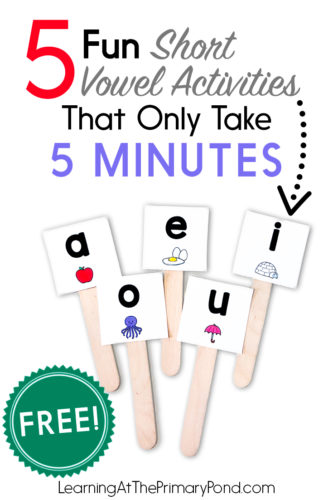
Activity #1: Short Vowel Craft Stick “Puppets”
In this activity, you say a word with a short vowel sound aloud. Students have to listen, repeat the word, identify the correct short vowel, and hold up the corresponding puppet.
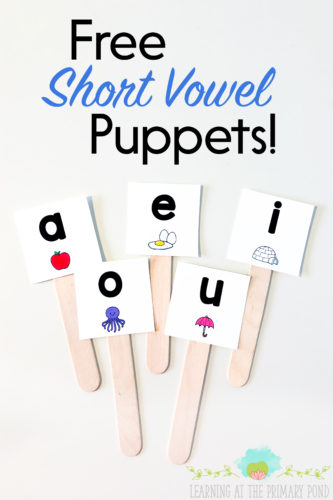
In addition to holding up the puppet, students should identify the vowel. You can have them say the sound. Or, even better, have them say the letter name and sound: “A says /a/.”
Here’s an example:
You say the word “fish.”
Students say: “Fish.” Students hold up the “i” puppet. Students say: “I says /i/.”
It takes a little time to make the puppets, but once they’re done, you can use them over and over and over again!
You can download the templates HERE!
Activity #2: Sand Writing
Having kids trace a vowel in sand while saying the sound is an easy, engaging multisensory activity!
Just put sand on a paper plate, in an aluminum pie tin, or on a small tray. I like to use colored sand, like this (that’s an Amazon affiliate link), but regular sand works just fine too.
There are a few different things you can do with sand:
Option 1: Say a short vowel sound (i.e. /u/). Students repeat the sound. Students then write the correct letter in sand. While they are writing the letter, they say the letter name and sound (“U” says /u/).
Option 2: Use the same procedures for activity #1, where you say a short vowel word and students identify and write the vowel sound they hear. You’ll still want students to say the letter name and sound while they trace.
If you’re out of sand or want to change things up…try the free Sand Draw app!
Although it’s not quite the same as real sand, kids still get the sensory experience of tracing with their finger while saying the sound aloud.
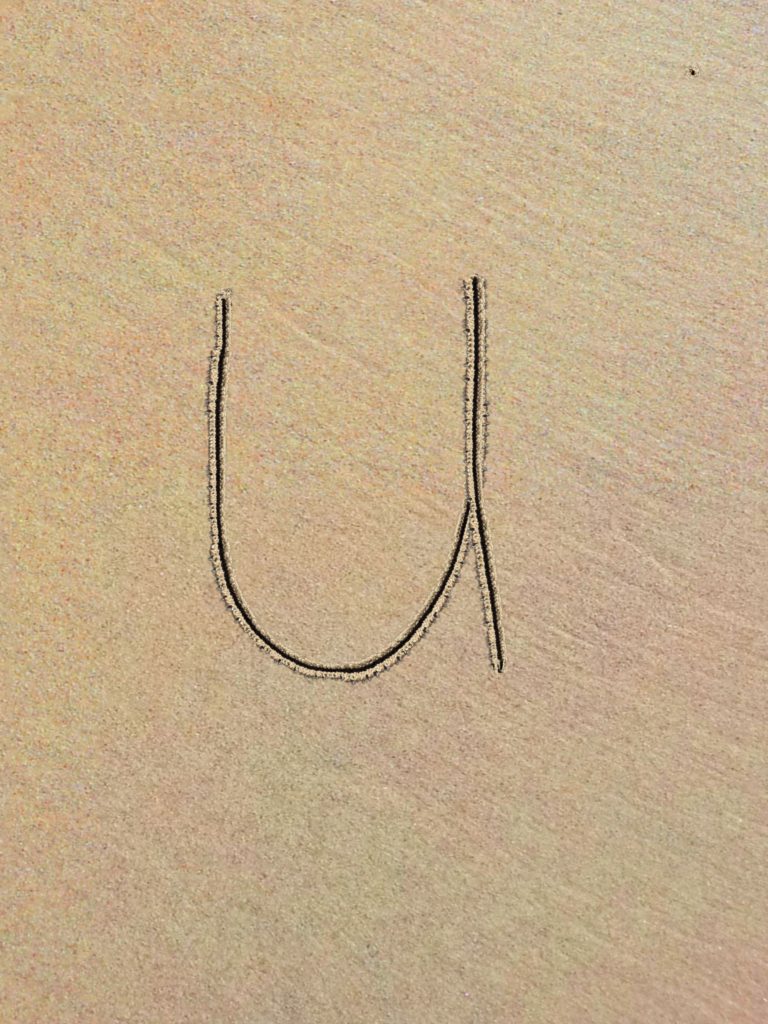
Activity #3: Picture Sorts
This activity is simple but helpful for students who are having trouble differentiating between the vowel sounds.
Give students a set of picture cards for 2-3 sounds total (i.e., some pictures for a, i, and u). Have them name each picture out loud. Then, have them sort the pictures. When they’re finished, they can “read down” the column of pictures, again naming each picture. Once a student finishes reading down the column, he/she identifies the vowel sound that those pictures all contain.
If you need pictures for sorting, you can grab some HERE!
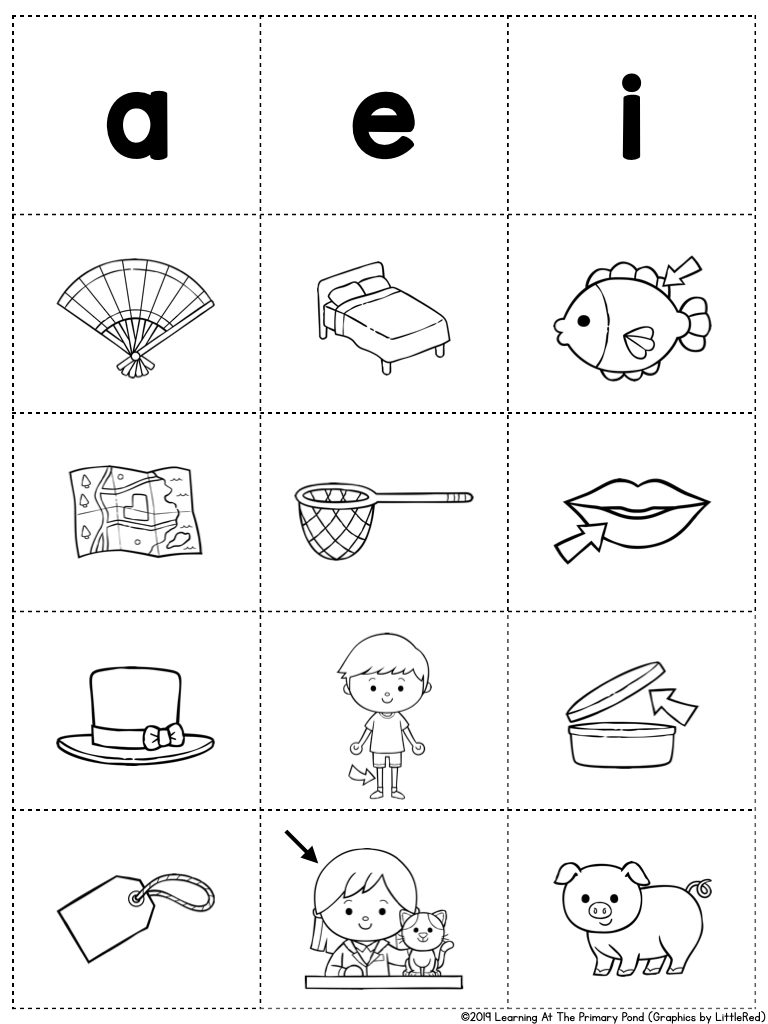
Activity #4: Vowel Fluency Strips
Even when students know the short vowel sounds, they may not always read them correctly in words!
To help them apply that knowledge, they need lots of practice. In-context practice is important (reading real texts), but isolated practice can be helpful too.
These (free) fluency strips are a great way for students to practice paying close attention to the vowel sound in a word!

If it helps, students can highlight all the vowels before they read across the strip.
Or, you can laminate the strips and have them use dry erase markers. You can put the strips on a ring, too!
A few of the words in the freebie may be unknown to students, so make sure to talk about what they mean, as well.
Grab the vowel fluency strips HERE!
Activity #5: Short or Long?
As I mentioned at the beginning of the post, students tend to experience vowel confusion once they start learning long vowel sounds.
It’s important to go back and review short vowel sounds (and contrast them to the long sounds). Word sorts and picture sorts are great for this. Another fun, simple activity is a game we play called “Short or Long?”
You say a word (or even just a vowel sound), and students have to call out the vowel sound and whether it is long or short (i.e., “Long A!”).
If you have Slinkys or rubber bands, students can stretch or contract them as they call out the vowel sound (i.e. stretching the rubber band long for a long vowel sound).
If you’re working in a larger group setting, you may want to have students write on a whiteboard rather than call out their answer.
Need More Phonics Activities?
I hope these ideas were helpful to you!! A couple more ideas (I know, I know, I only said 5 but I can’t help myself!) Check out my no-prep phonics games for Kindergarten and 1st grade. There’s a specific set for each of those grades geared towards CVC words.
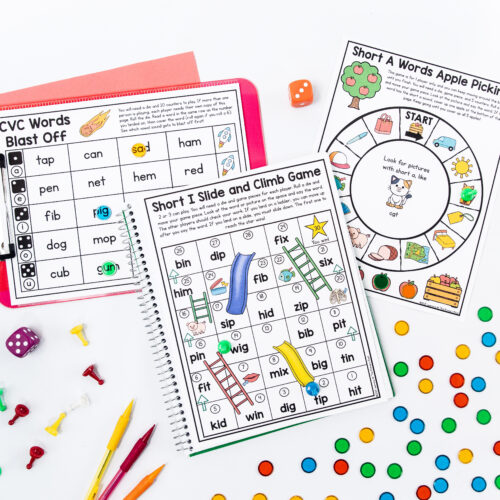
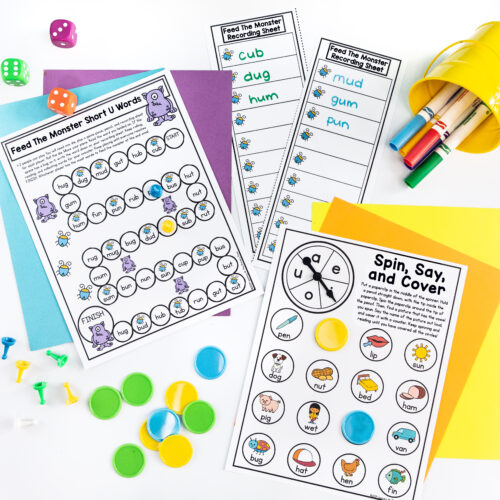
Other products for CVC words would be the Kindergarten Decodable Readers for CVC words (Set 1 and Set 2) and the 1st Grade Decodable Readers for CVC words. Options are endless!
I also have one more bonus freebie for you – customizable word work games to help your students practice short vowel words or any other words of your choice!
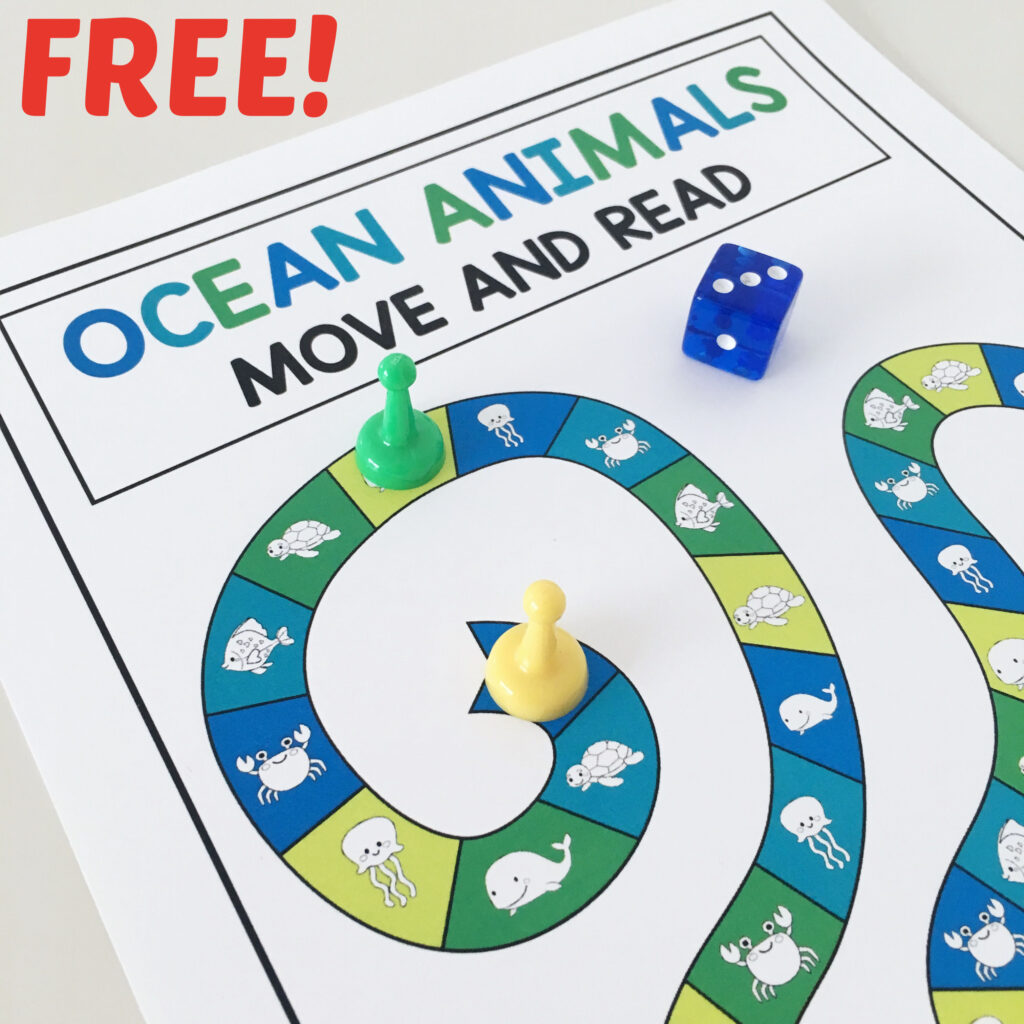
There are many more activities for short vowels and other skills in my phonics program, From Sounds to Spelling.
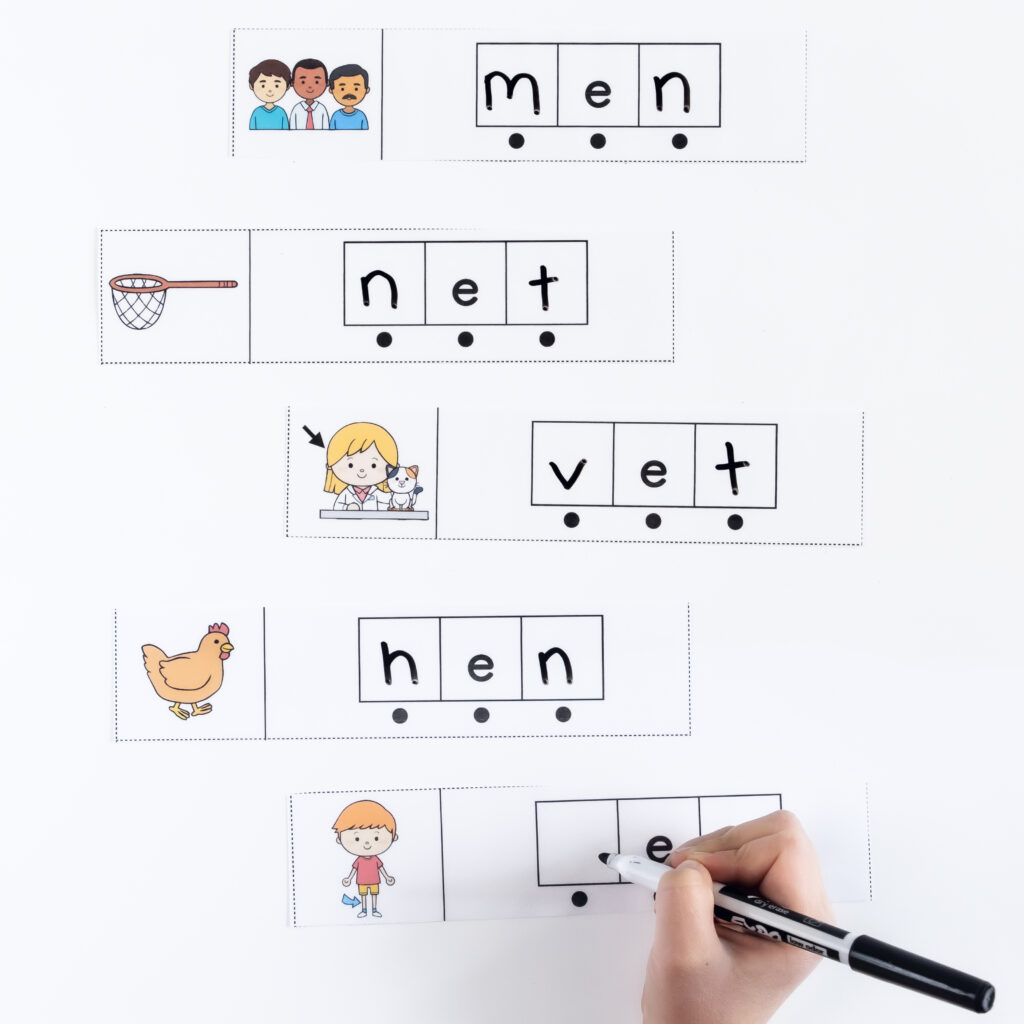
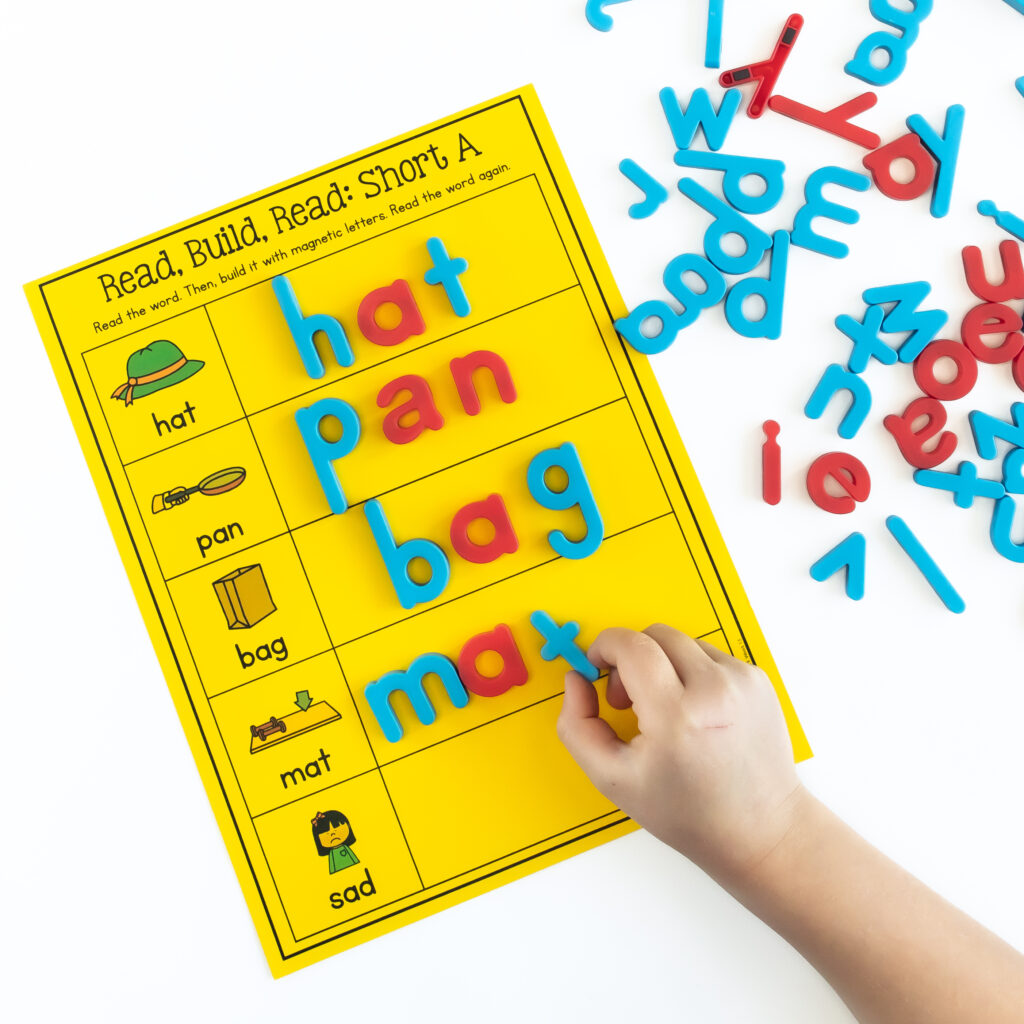

From Sounds to Spelling is a comprehensive program that addresses:
- Phonological awareness
- Phonics – including decoding and spelling
- High frequency words
- Handwriting
The program includes:
- Complete lesson plans
- Games and activities for students (i.e. for independent work or small group)
- Decodable texts
- Phonics posters
- Leveled materials for differentiation
To learn more about this Kindergarten, 1st grade, and 2nd grade phonics program, click on the image below:
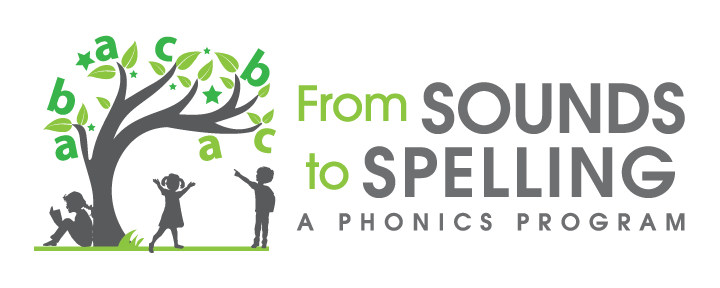
Happy teaching!
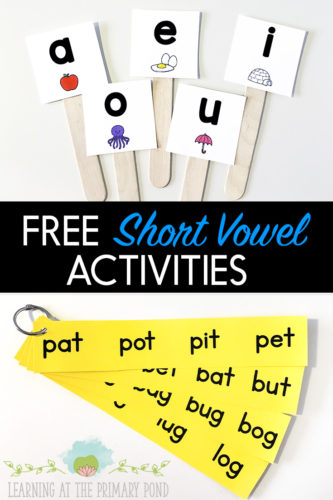

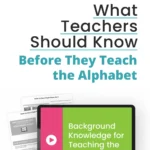
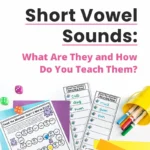
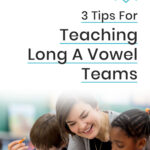
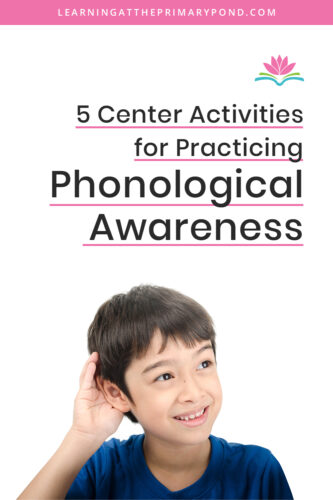
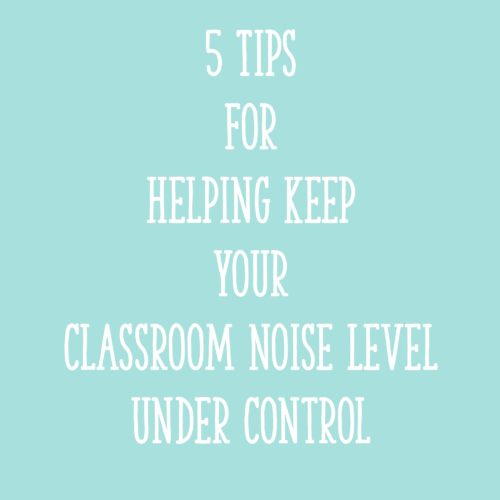
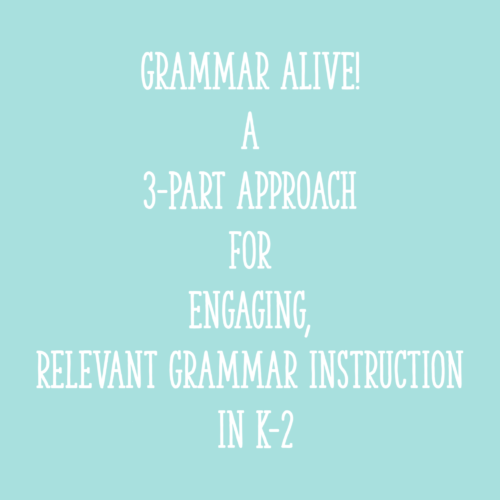






Thank you so much, these are great resources and ideas!
You’re so welcome! Thanks for reading!!
Alison
Thank you so much for the ideas – love it all.
You’re so welcome! Thanks for reading!!
Thank you so much for sharing your lovely ideas and resources!
You’re so welcome, Tammy!!
I can’t seem to access any of the links?
Uh oh! I would try on a different computer – it’s possible that your school is blocking Google Drive for you. Feel free to email me if it’s still not working. 🙂
Alison
Thank you so much
Thank you for sharing! =)
Thanks Alison for posting these activities. Our school is beginning a phonics program but we haven’t received our materials yet. These will be great activities to get the kids started.
Hey! You’re so welcome! 🙂
Alison
Thank you so much for these “freebies”. They will be so useful when we start our “power hour” literacy stations next week.
Thank you very much. Will use this for my older kids.
Thanks
The activities sound great.
Do you have the craft stick puppets for long vowels?
Hi Rachel! I just have them for short vowels.
Alison
nice
Thank you so much for the grate ideas!!
You’re so welcome! 🙂
Thank you!!!!
So glad that you found it helpful! 🙂
Your resources are very informative and a plus in encouraging readers. My email attached to your website is incorrect. I’m not able to recieve your freebies. This is the correct one.
jack_e1214@yahoo.com
Hello! When you try to resubmit your correct email address, are you able to receive the freebie?
Lovely explanation… I have 12 year old kid facing difficulties in spell bed or bad he usually mixes the two of them…will try out the vice method…can u suggest something for mature kids
These look great! Thanks!
You are so welcome, Lacey! 🙂
I would love to print these, but I’m not able to download. I don’t have access permissions.
Uh oh! I would try on a different computer – it’s possible that if you are trying to download the document at school that it’s blocking Google Drive for you. Feel free to email me if it’s still not working!
Thank you – an excellent range of activities!
Glad you find them useful!
Love all the activities, extremely helpful for my students
So great to hear!